Parent Materials Mode of Deposition in the Northwest Territories and Nunavut
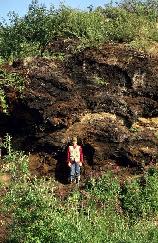
Peat deposit resulting from accumulation of vegetative (organic) materials. Mesic and fibric sedge and moss peat.
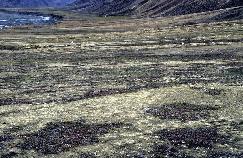
Regosolic Turbic Cryosol associated with colluviated valley
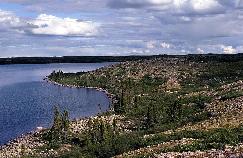
Orthic Turbic Cryosol associated with bedrock-controlled till landscape
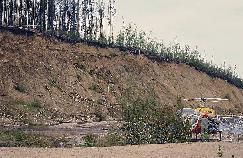
Morainal material deposited by ice. A mixture of boulders, stones, sand, silt and clay.
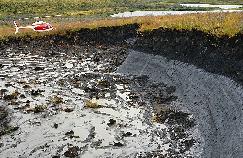
Perennially frozen, loamy-textured, colluviated till. The material is underlain by thick ground ice.
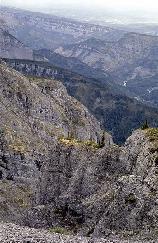
Thin veneer of colluvium over limestone bedrock. The colluvium consists mainly of rock fragments, sand, silt and clay.
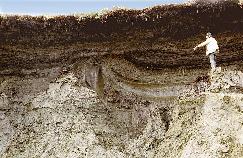
Lacustrine material deposited by glacial lake water. Mostly silt and clay.
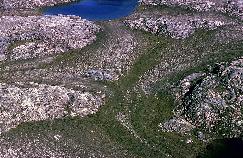
Perennially frozen, shallow morainal material (till) underlain by granitic bedrock. The loamy textured material is affected by downslope movement.